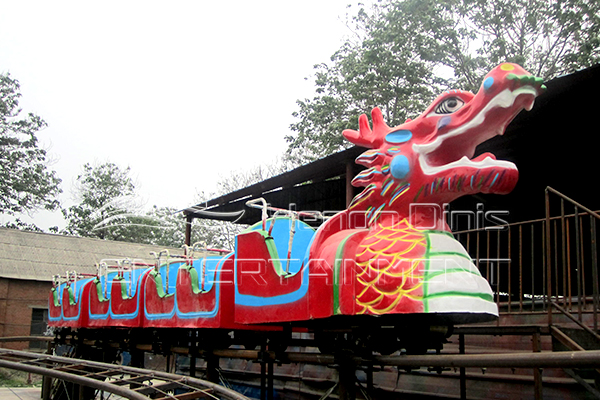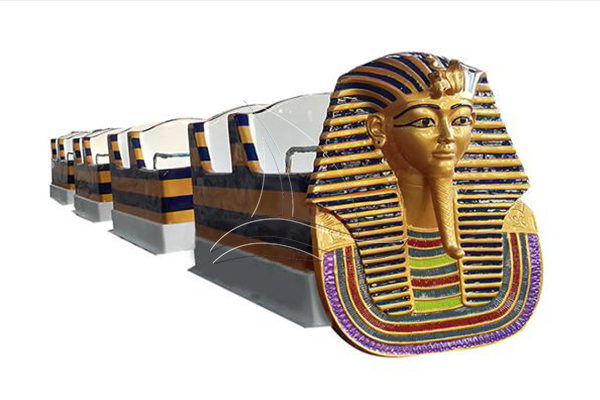No, you don’t necessarily have to purchase a container to ship the roller coaster. Roller coasters and their components are typically large and heavy, requiring specialized handling and transportation methods. Here are the usual steps involved in shipping a roller coaster:
Packing and Crating
Specialized Transportation
Workers disassemble the roller coaster into transportable sections. Packers securely pack or crate each component to prevent damage during transport. Designers create the packing materials to cushion and protect the parts.
The size and weight of roller coaster components usually require the use of specialized transportation, such as flatbed trucks or heavy haulage trailers.
Shipping Arrangements: About Purchase a Container to Ship the Roller Coaster
If shipping internationally or over long distances, arrangements with freight companies that handle oversized loads will be necessary. In addition, this may involve loading components onto cargo ships for ocean freight.
Customs and Compliance
Unloading and Assembly at Destination
Ensure compliance with international shipping regulations and customs requirements, especially when shipping across borders.
Once the components reach their destination, engineers and specialized equipment often need to unload and assemble them with precision.
Leasing containers or using freight services that provide appropriate transportation methods can be more cost-effective and logistically feasible than purchasing a container outright. If you want more information, please contact Dinis.



